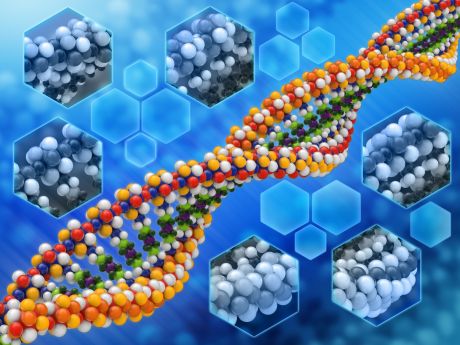Alternative splicing and RNA Polymerase II

Alternative splicing and RNA Polymerase II
Misregulation of alternative splicing (AS) is linked to human hereditary disease and possibly cancer. An EU project focuses on understanding the link between AS regulation and RNA polymerase II (Pol II).
AS is an important regulated process in gene expression. Producing
proteins with different composition and functions from the same gene, AS
creates tremendous proteomic diversity in humans. It also affects
various processes such as developmental states and disease conditions.
The AS-ARK-JV-GD (Regulation of coupling between transcription and splicing during cell cycle progression and UV irradiation) project studied the interplay between AS and Pol II. First, the project studied how hyperphosphorylation of Pol II induces a decrease in Pol II elongation rate.
Scientists compared Pol II profiles in different cell compartments in the presence or absence of UV irradiation and the anti-cancer drug camptothecin. They identified a specific Pol II partner protein, which is released upon DNA damage. This protein factor can be related to the general reduction in the elongation rate of the polymerase. Obtained results improved our understanding of how Pol II rate and AS regulation is affected by DNA damage.
Studying co-transcriptional splicing regulation, scientists found that a slowdown in transcription elongation can favour exon skipping, an important fact for cancer treatment. This important discovery was published.
Another goal of the project was to understand how AS changes affect the chromatin structure. They found that the general splicing factor U2AF65 is able to interact with several histone marks, or covalently modified histones, the main protein components of chromatin. This provided insight into the mechanism of splicing regulation by chromatin structure.
Affecting the expression of more than a half of human genes, AS is an important process of human biology. The project considerably advanced our understanding of this complex process.
published: 2015-11-19